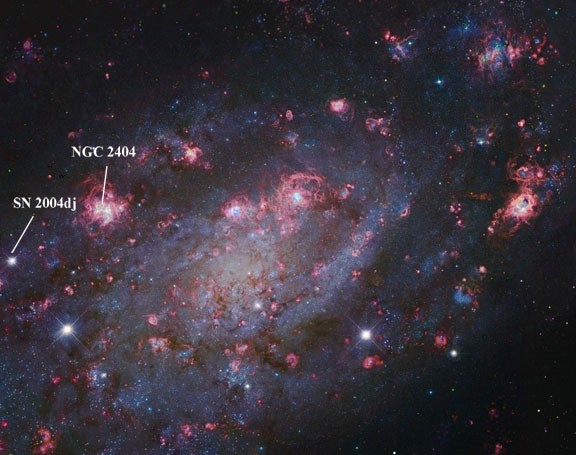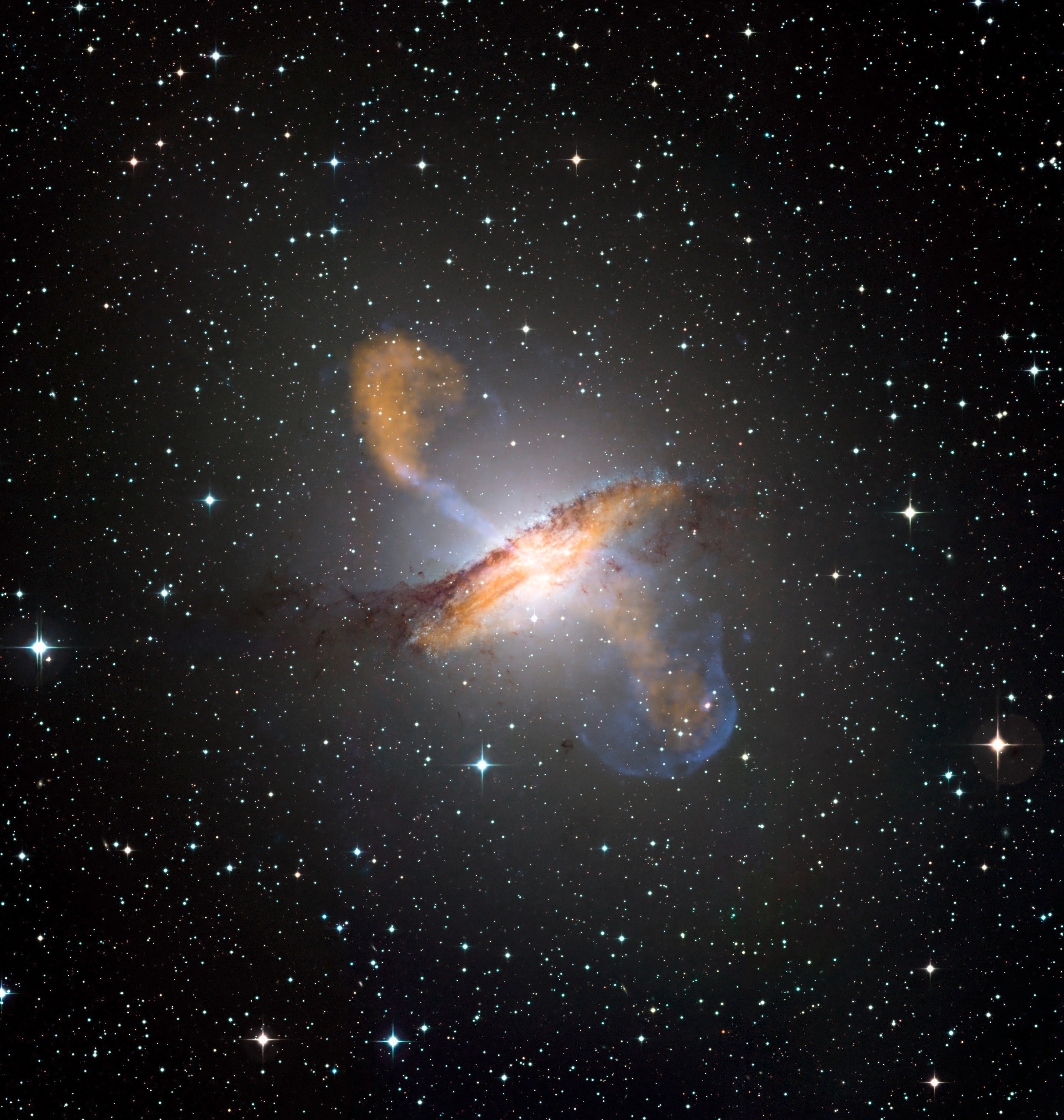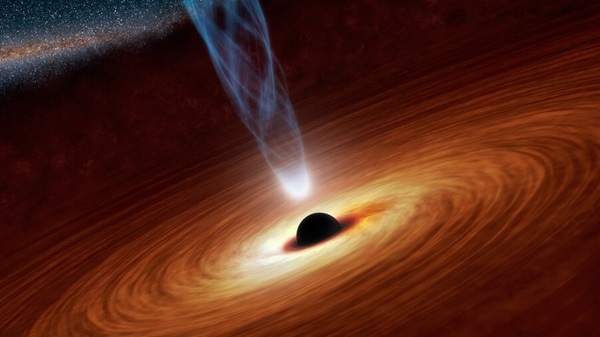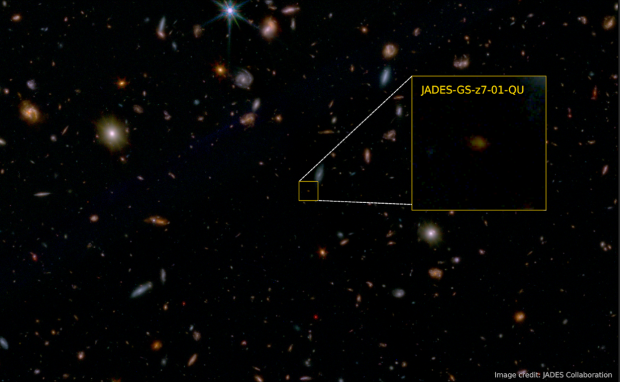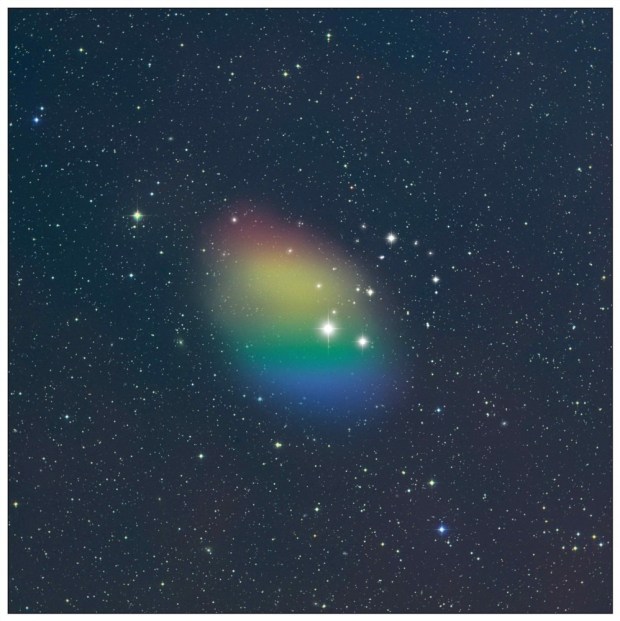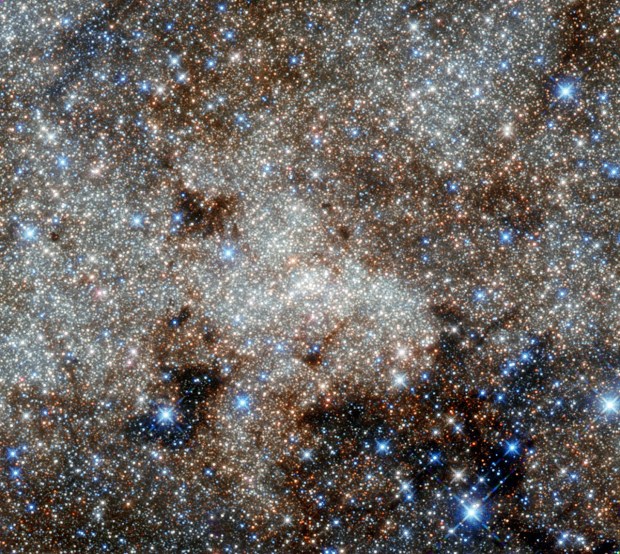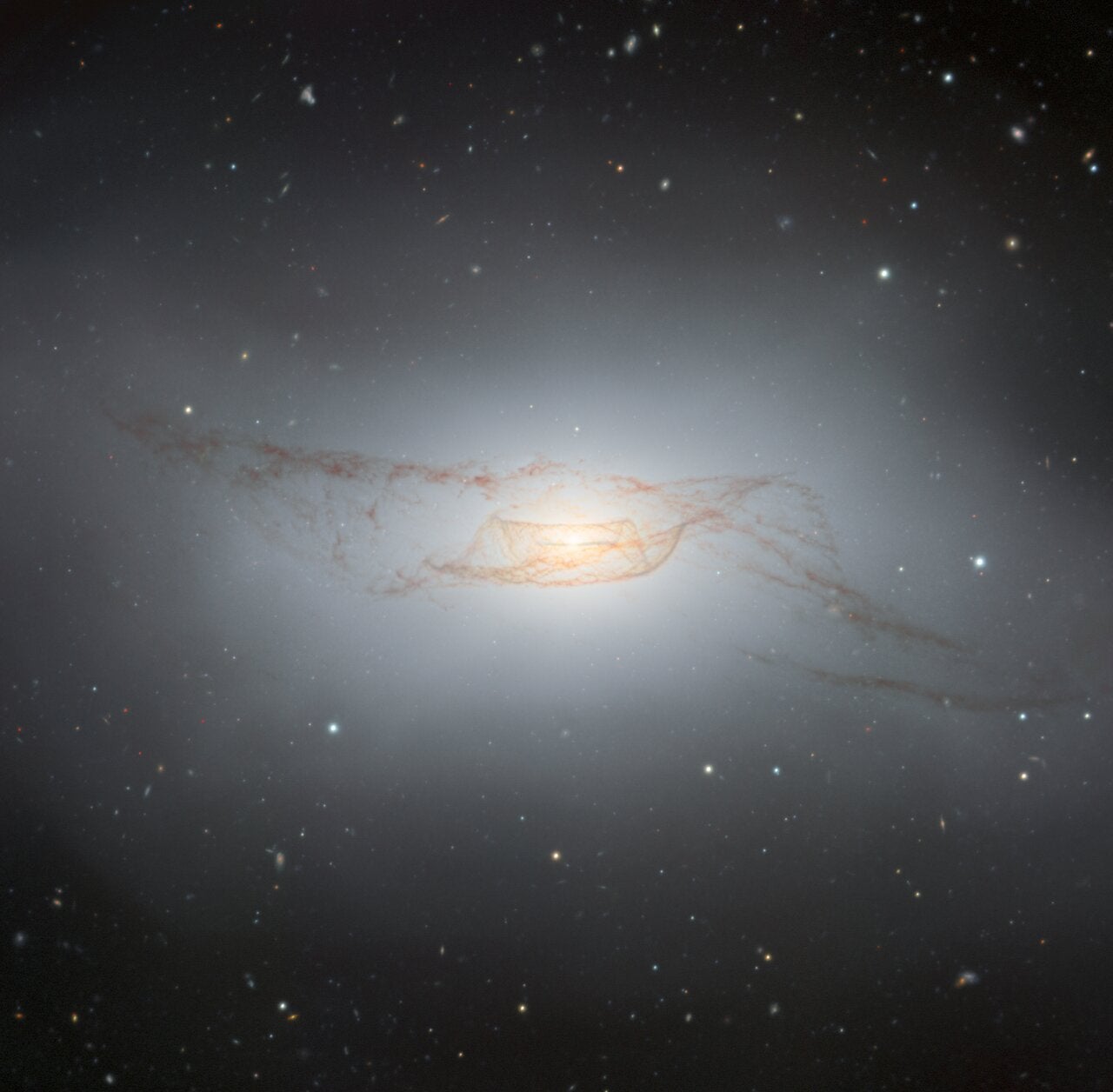This vast emptiness tallies only three stars in the 4th-magnitude range. Nevertheless, it hosts one of the oddest and most elusive constellations, Camelopardalis the Giraffe. Despite the figure’s dim appeal to the unaided eye, it contains one of the most photogenic galaxies in the northern sky: NGC 2403, the overlooked masterpiece of the Arctic void.
In images, NGC 2403 is a near twin to the Pinwheel Galaxy (M33) in Triangulum, but with pumped up visual appeal. It has two tiers of spiral arms that flaunt robust star-forming regions, each rapidly spawning massive stars that will live fast and die young in remarkable supernova explosions. The striking Hubble Space Telescope image on this page shows many of these ionized hydrogen regions bursting forth like pink cosmic fireworks. The image also includes Supernova 2004dj, which flared to magnitude 12 and shone as brightly as 200 million Suns.
In 1954, another fantastic outburst occurred in NGC 2403. Although it was classified as Supernova 1954J, recent research has shown it to be a “supernova imposter.” The star did not destroy itself but survived a super-outburst similar to the “great eruption” in 1843 of Eta (η) Carinae in our Milky Way. Hubble Space Telescope images have since resolved a nebula around this outburst-surviving star that’s akin to the Homunculus Nebula around Eta Carinae.
Although NGC 2403 lies in Camelopardalis, it is within sniffing distance (7.5° northwest) of the Great Bear’s nose. The galaxy shines at magnitude 7.3 and from a dark sky is visible through 10×50 and larger binoculars.
Through a small telescope at moderate magnification, it appears as an extremely well-defined elliptical glow punctuated by two 11th-magnitude stars on either side of its amorphous, lens-shaped core. Larger telescopes may show up to about a dozen stars superimposed on the galaxy.
The arms break into several distinct petals of light, all of which display delicate irregularities — a combination of superimposed stars from the Milky Way and a plethora of star-forming regions in NGC 2403. The regions of ionized hydrogen in NGC 2403 are so exceptionally large and luminous that at least six of them rival the most massive ones in our Local Group of galaxies — namely the Tarantula Nebula (NGC 2070) in the Large Magellanic Cloud and NGC 604 in M33.
The brightest of NGC 2403’s star-forming regions is NGC 2404. It appears as a tiny diffuse knot at the eastern end of the northern spiral arm. Guillaume Bigourdan at the Paris Observatory discovered it in 1886 with a 12-inch refractor. This remarkable extra-galactic treasure spans 2,000 light-years, or nearly 50 times the width of the Orion Nebula (M42). While many observers today have seen it through scopes of similar size, I challenge you to observe it through as small a telescope as possible.
As always, let me know what details you see in NGC 2403 at sjomeara31@gmail.com.


